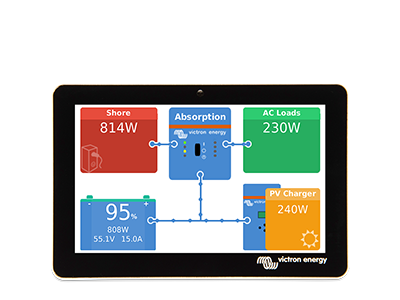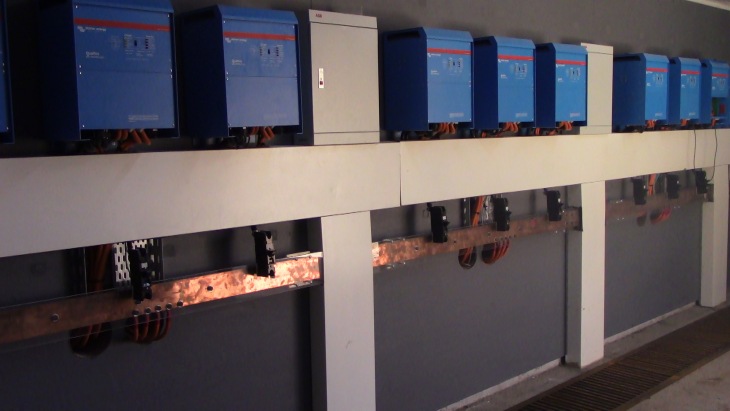
The Center for Alternative Technologies Ltd, or CAT as owner Nawir Ibrahim refers to his company, is based in Nairobi, Kenya. CAT are a significant Victron Energy and Fronius distributor.
It was at Intersolar Europe 2015 that Fronius first publicly demonstrated their cooperation with Victron Energy and how Fronius and Victron products work together, as you can see in the photograph below.
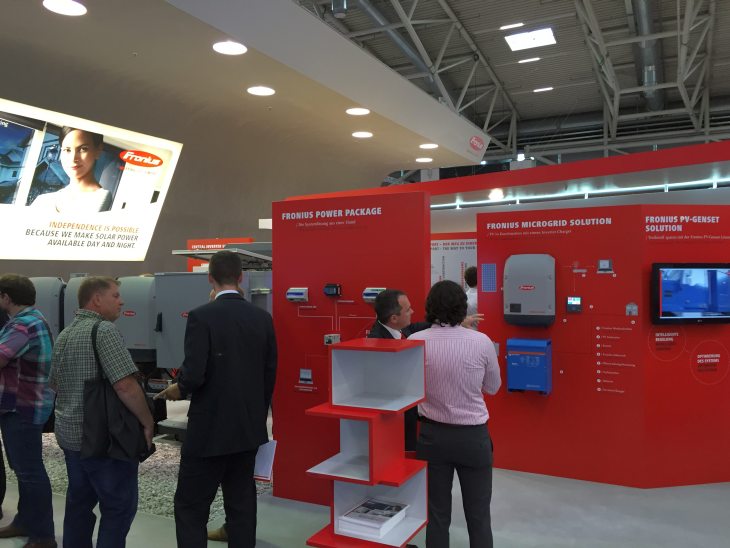
Symbiosis with Fronius & Victron Energy
In 2014, Fronius and Victron had started to partner and fine tune how their products could communicate via their various communication protocols and how the battery inverters could signal PV inverters to increase and decrease power output by shifting the frequency of the AC current, based on the conditions of the load and battery state of charge.
This symbiosis and the consequent partnered outcome, where Victron & Fronius products work together has been very well received by both Fronius and Victron Energy customers alike. Whilst the two companies have quietly been working together in the background last year, it is not until now that we’ve been able to publicly show a project and how the various systems dovetail.
Here then is that project as designed and implemented by Nawir Ibrahim of The Center for Alternative Technologies Ltd (CAT).
Kenyan project design brief to CAT
The project design was for an affluent client who was building a second home in the Kenyan bush for holiday use and also for partial use by paying guests. Off-grid continuous three phase power was a requirement. The appliance list included but was not limited to:
- Walk in Fridge/Freezer
- Heated Towel Racks
- Spa
- Cinema
- Heated swimming pool
- Washer/dryer etc.
Power & Energy audit
The client’s advisers and architects provided an appliance list with a 24 hour, hour by hour chart. This included each item’s rated power and for how long it could expected to be on. The chart also included the total energy required for the house and its various outbuildings (guest houses, manager’s house, staff house, car park, workshop, squash court). The calculated off-grid peak power required was 60kW.
Project components & design
System components
100kW of PV using Trina Solar 250Wp x 400 modules

4 x 20kW three phase Fronius Symo PV inverters
80kW of the PV panels are connected via the 4 x 20kW three phase Fronius Symo PV inverters shown below, with the balance of the PV array being connected via 4 x Victron 150/85 MPPT Charge controllers
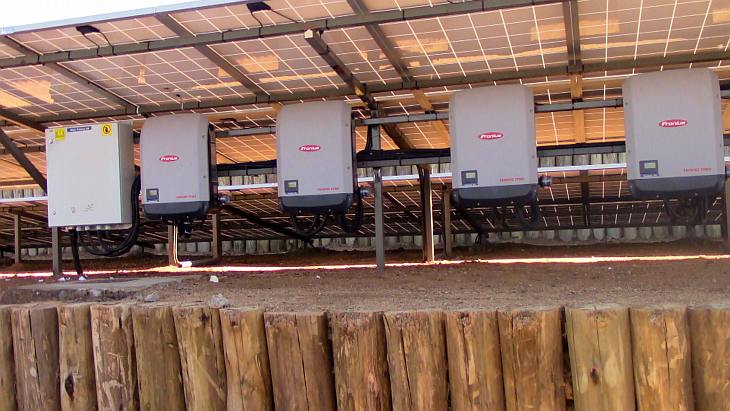
10kVA Victron Quattro Inverter/Charger x 9 stacked in three phase
The Victron Energy Quattros are the heart of the system. With the Victron Energy provided quick set up ‘Assistants’ and pre set ‘Grid inverter support’ the Quattros are easy to set up, use and fine tune.
The 9 x Quattros provide off-grid power from the batteries and the Fronius PV inverters provide the current to the loads. Excess current is fed back to the batteries as the Quattros are bi-directional. At any time if the load exceeds the power available from the PV inverters, the Quattro inverters provide the difference from battery storage. Should the battery level drop below a set point or should an excess load over a set point arise on any phase, the Quattro through their built in auxiliary programmable ports can start a back up diesel generator to assist the situation, until the battery level gets to a preset level or the load situation subsides.

Victron MPPT Solar Charge Controller 150/85 x 4
CAT chose the 4 x Victron MPPT Solar Charge Controller 150/85s for the following reasons:
- To provide the shortfall of estimated kilowatt hours needed per day versus what 4 x 20 kW Fronius PV inverters could provide.
- The PV inverters were not planned to use the full 100kW that is needed to supply the energy demand, because this is limited by the total rated charging current of the 10kVA Quattros.
- Some current goes directly to the batteries in the early morning when the Fronius PV inverters are providing energy that is less than that demanded.
Victron Color Control GX
CAT chose the Color Control GX because it gives the client an onsite instant view of what is happening with the system plus the system can also be remotely monitored, if offsite, via the internet.
Victron BMV-700 series
CAT used two of the BMV-700 series models for battery monitoring. A BMV-700 was used to measure all the DC current passing through the negative busbar. A BMV-702 is used to monitor each battery bank’s total voltage and mid point voltage. All this can then be seen on the Color Control GX. Deviation of the mid point voltage and the total bank voltage can be seen if it exceeds a set point and investigated.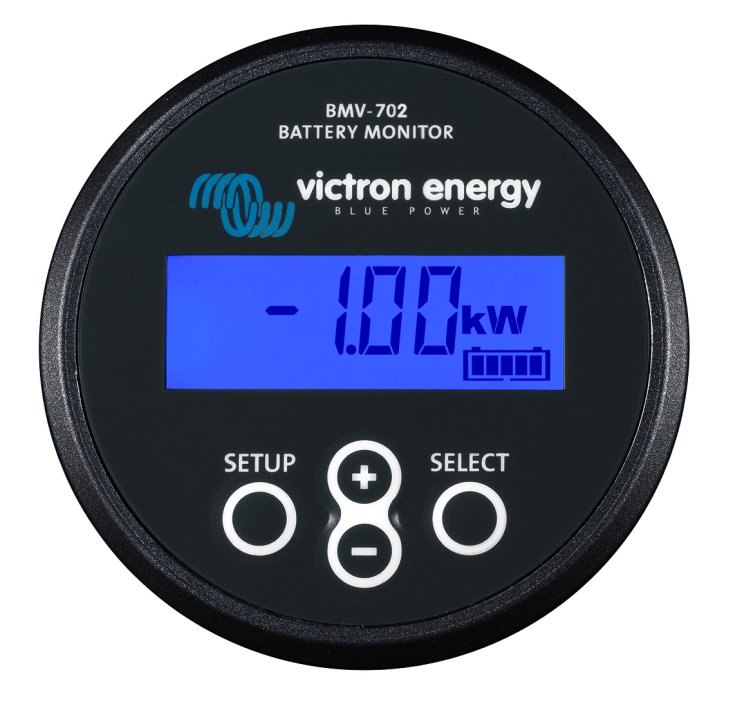
Batteries
 Conclusion
Conclusion

Nawir Ibrahim started CAT in 2006. He told me it was a natural thing to do as his previous company that he started in 1999 provided IT solutions and then started to do power solutions also, due to the demand from their IT clients, for the provision of clean and stable power through the numerous power black outs that were experienced in the region.
Since CAT started, they have grown from a small service company to a leading distributor and contractor for renewable energy products, throughout Kenya and the East Africa region. About 4 years ago they became a Victron Energy distributor and in 2014 they became an authorized reseller and service partner for Fronius.
Fronius were keen to use their inverters in Mini Grid setups and as CAT had successfully installed their products previously, CAT could think of no other PV inverter to use for the project described. Coupling that with the symbiosis between Victron Energy’s range of products and Fronius PV Inverters, this has all proved the perfect solution for what is – and I think you’ll agree – a very impressive project indeed.
It all goes to show that renewable energy distributors such as CAT who provide products from multiple companies can provide a bespoke solution, especially now Fronius PV inverters interface with Victron Energy products. That’s symbiosis for you!
Credits: Thanks to Nawir Ibrahim of The Center for Alternative Technologies Ltd (CAT) for the information for this blog and the images used.
John Rushworth.



